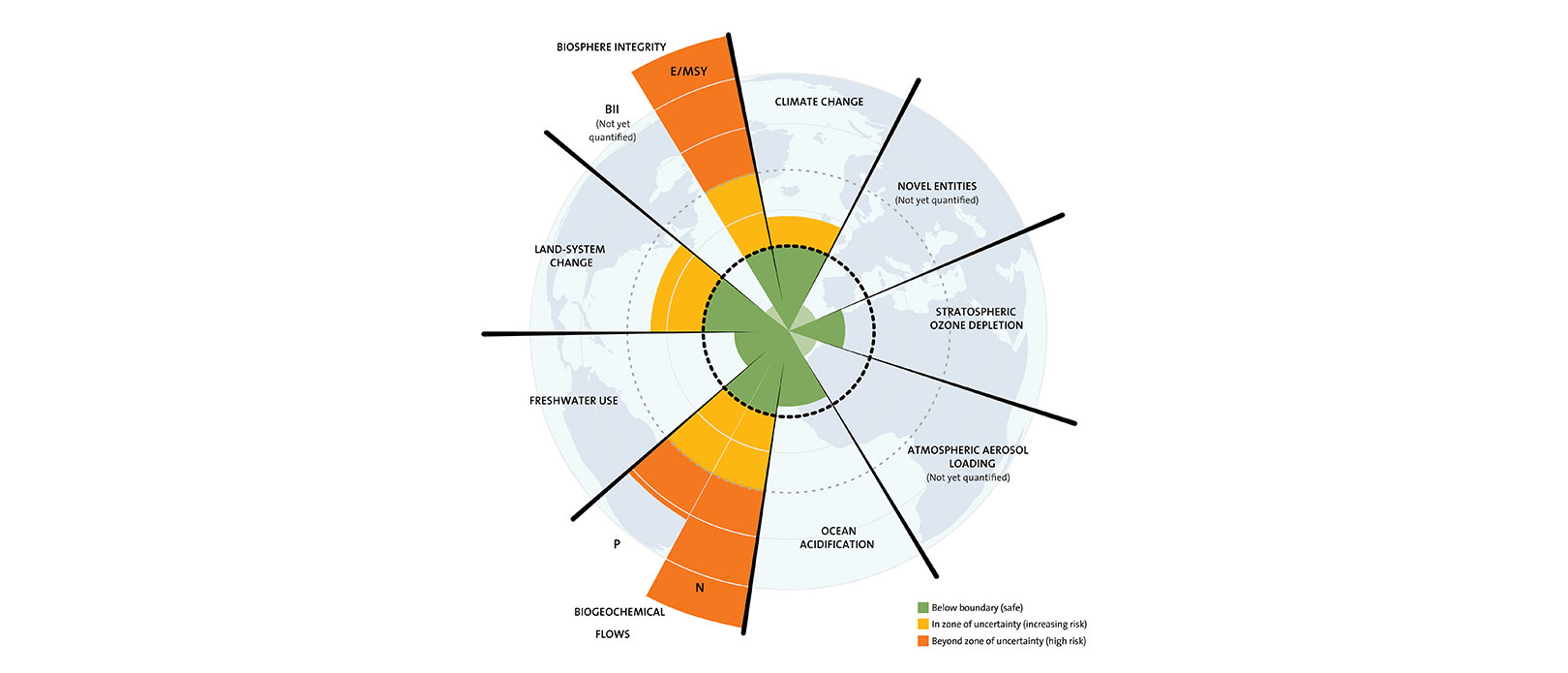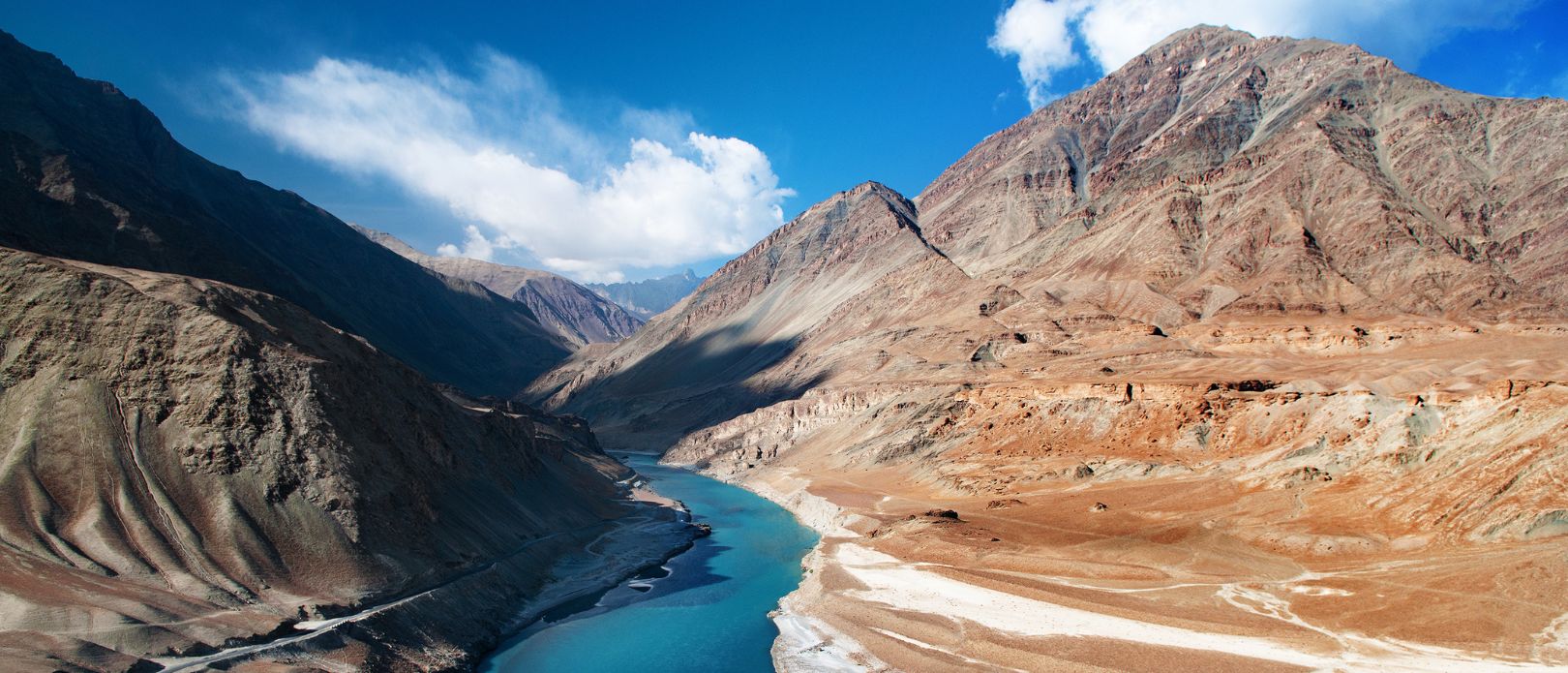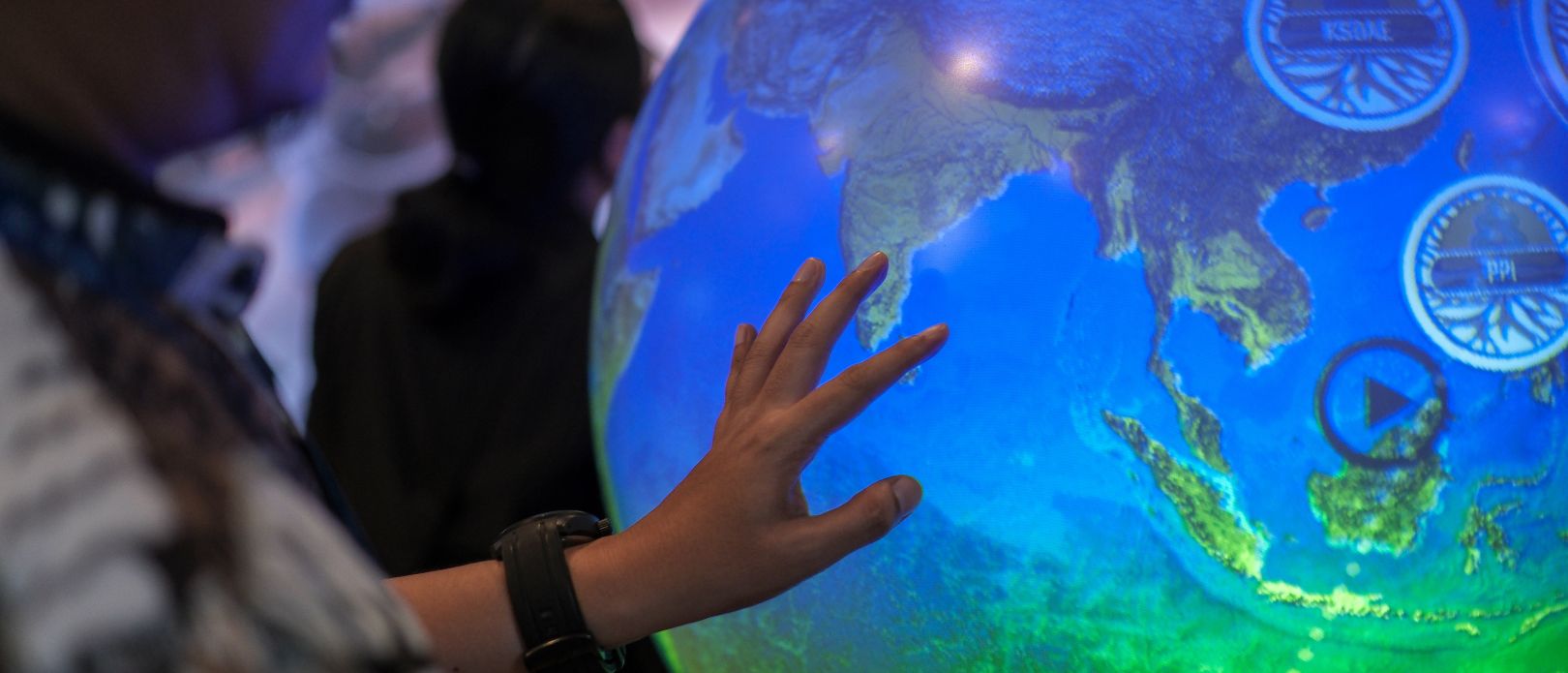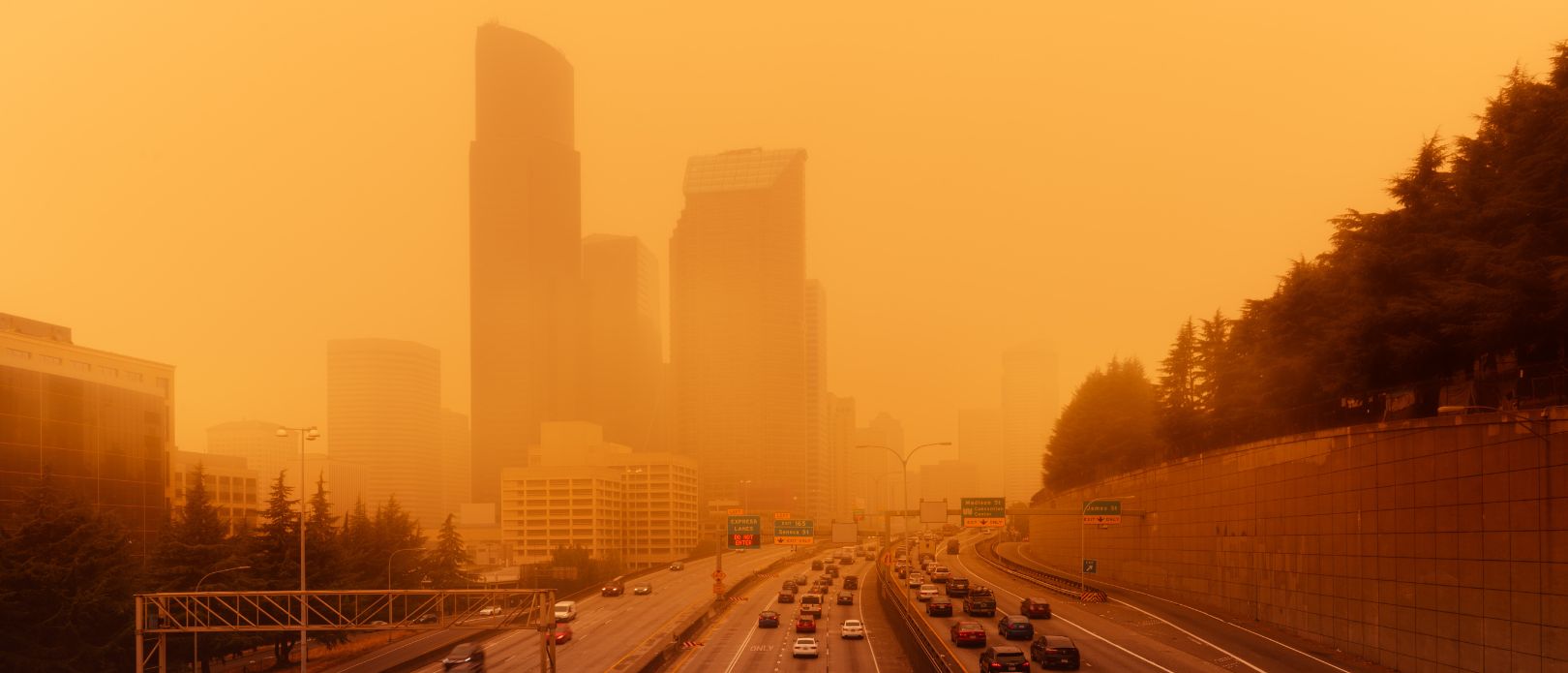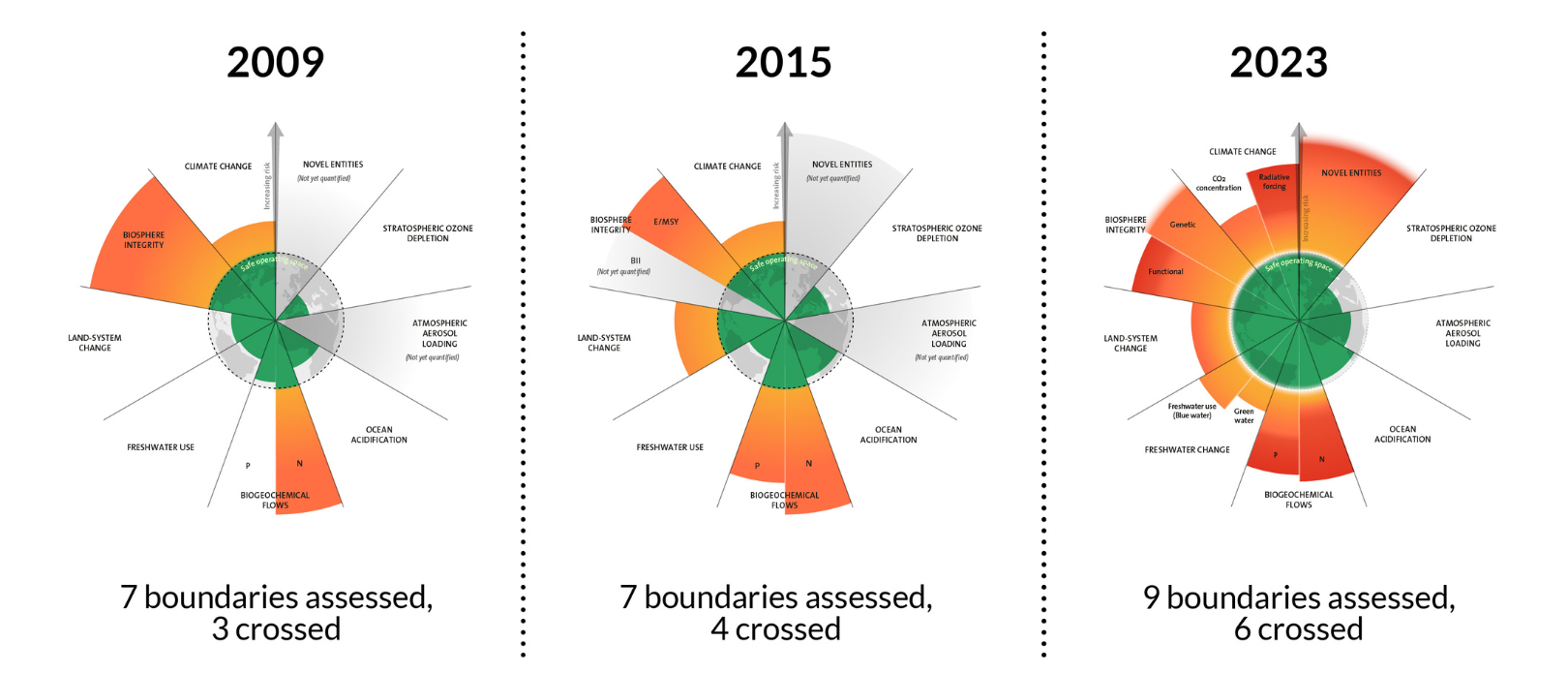
The planetary boundaries concept presents a set of nine planetary boundaries within which humanity can continue to develop and thrive for generations to come
In September 2023, a team of scientists quantified, for the first time, all nine processes that regulate the stability and resilience of the Earth system.
These nine planetary boundaries were first proposed by former centre director Johan Rockström and a group of 28 internationally renowned scientists in 2009.
Since then, their framework has been revised several times.
Now the latest update not only quantified all boundaries, it also concludes that six of the nine boundaries have been transgressed.
Crossing boundaries increases the risk of generating large-scale abrupt or irreversible environmental changes. Drastic changes will not necessarily happen overnight, but together the boundaries mark a critical threshold for increasing risks to people and the ecosystems we are part of.
Boundaries are interrelated processes within the complex biophysical Earth system. This means that a global focus on climate change alone is not sufficient for increased sustainability. Instead, understanding the interplay of boundaries, especially climate, and loss of biodiversity, is key in science and practice.
Since its first conceptualization, the planetary boundaries framework has generated enormous interest within science, policy, and practice.
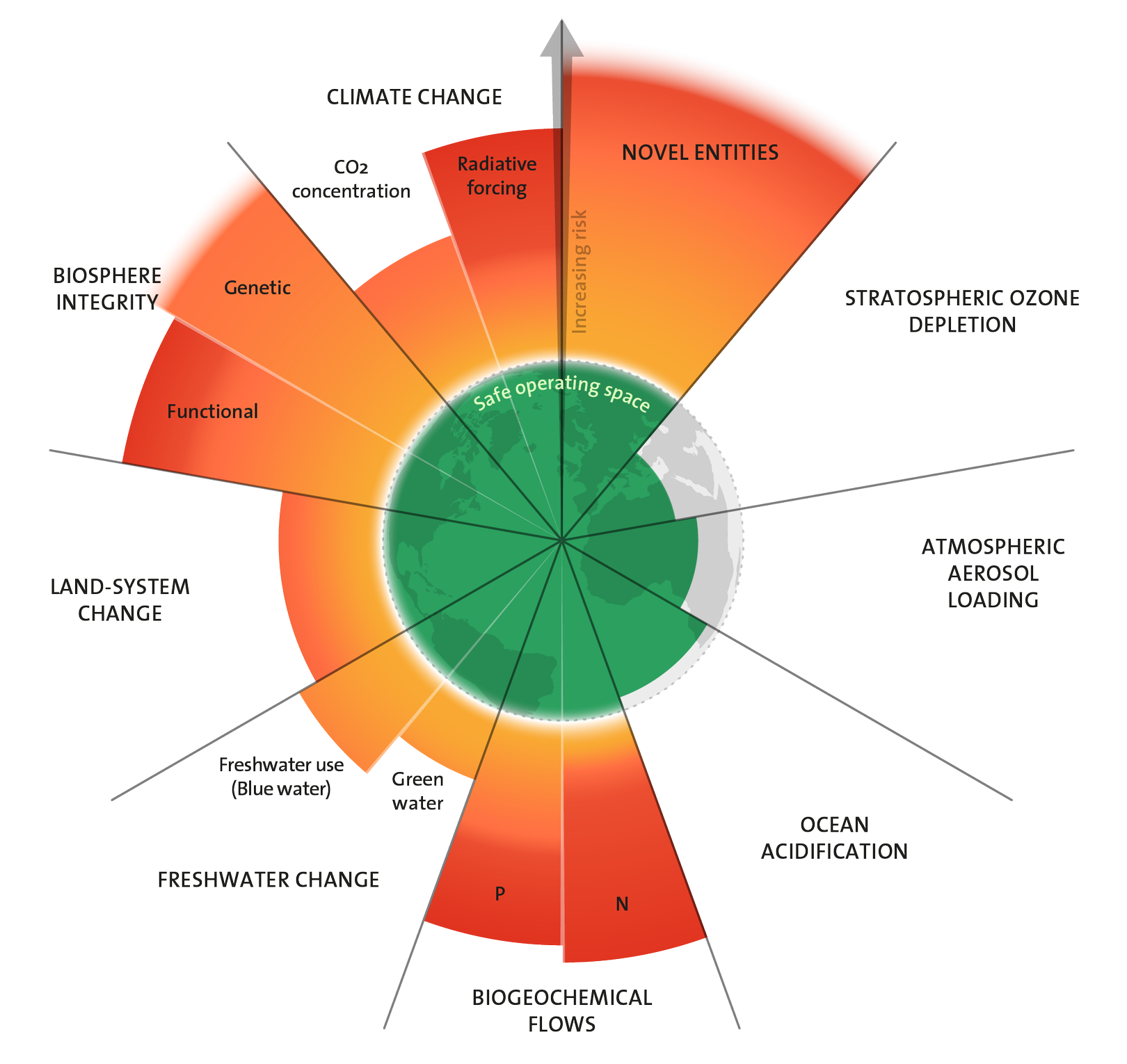
The 2023 update to the Planetary boundaries. Licensed under CC BY-NC-ND 3.0. Credit: "Azote for Stockholm Resilience Centre, based on analysis in Richardson et al 2023". Download the illustration here.
Key publications
2023
All boundaries are finally assessed in the third major update to the framework which is published in Science Advances. Six boundaries are now transgressed and pressure is increasing on all boundary processes except ozone depletion.
New scientific evidence now enabled the team to quantify the boundary of Atmospheric Aerosol Loading, which according to the study is not transgressed yet despite rising pressures.
The team behind this paper used a new approach to assess Biosphere integrity and concluded that this boundary was transgressed during the late 19th century.
Read "Earth beyond six of nine Planetary Boundaries" here »
2022
In January 2022, 14 scientists concluded in the scientific journal Environmental Science and Technology that humanity has exceeded a planetary boundary related to environmental pollutants and other “novel entities” including plastics.
In April 2022, a reassessment of the planetary boundary for freshwater indicated that it has now been transgressed. This conclusion is due to the inclusion of “green water” – the water available to plants - into the boundary assessment for the first time.
The assessment, published in the journal Nature Reviews Earth & Environment, is based on evidence of widespread changes in soil moisture relative to mid-Holocene and pre-industrial conditions and green-water driven destabilization of ecological, atmospheric, and biogeochemical processes.
2017
Since 2017, Johan Rockström’s ERC Advanced Grant Earth Resilience in the Anthropocene funded a new phase in this work. Centre researchers including Sarah Cornell, Tiina Häyhä, Ingo Fetzer, Steve Lade, Andrea Downing, Jonathan Donges, and Avit Bhowmik have all been actively involved in advancing these frontier areas, and building collaborative research links among a growing international community of scientists.
2015
The second update of the whole framework was published in Science. It stated that society’s activities have pushed climate change, biodiversity loss, shifts in nutrient cycles (nitrogen and phosphorus), and land use beyond the boundaries into unprecedented territory.
Read "Planetary boundaries: Guiding human development on a changing planet" here »
2009
The orignial conceptualisation of the Planetary Boundaries was first published in Ecology & Society and late in Nature.
Ecology & Society: Planetary Boundaries: Exploring the Safe Operating Space for Humanity
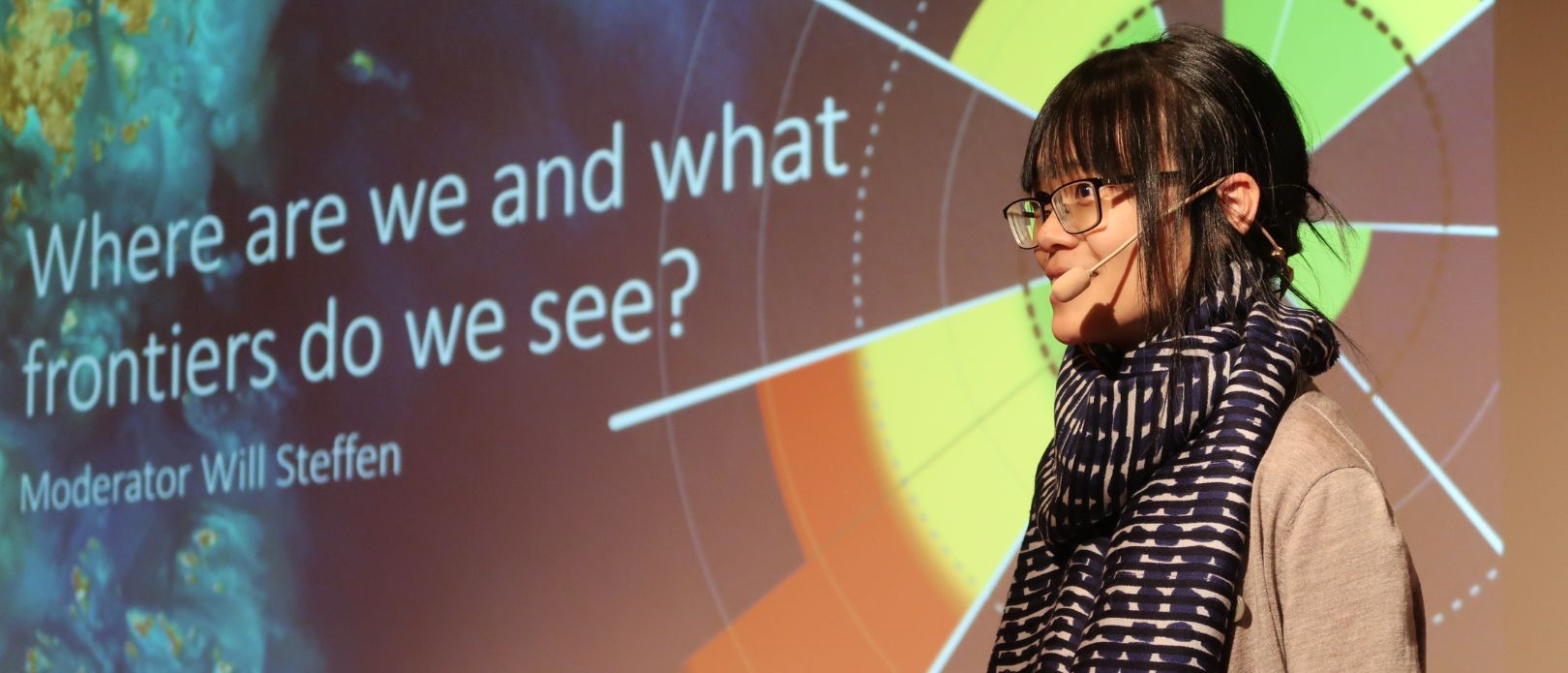
Centre researcher Lan Wang-Erlandsson presents at a conference to commemorate ten years of planetary boundaries in 2019.
Policy and practice
2018
Operationalizing the concept of a safe operating space at the EU level – first steps and explorations. Stockholm Resilience Centre Technical Report, prepared in collaboration with Stockholm Environment Institute (SEI) and PBL Netherlands Environmental Assessment Agency. Stockholm Resilience Centre, Stockholm University, Sweden.
2017
Stockholm Resilience Centre became the scientific partner in a research project with the Ellen MacArthur Foundation and the Swedish clothing retailer H&M group, working to integrate the planetary boundaries framework and the circular economy concept.
2013-2016
A report to the Swedish Environmental Protection Agency Pdf, 901.8 kB. assessed Sweden’s responsibility, and a 2016 study for the European Environment Agency assessed the contribution to global boundaries both of activities within Europe’s territory and of effects of its citizens’ consumption. Increasingly, companies are asking for guidance on putting the planetary boundaries into business practice.
Pdf, 901.8 kB. assessed Sweden’s responsibility, and a 2016 study for the European Environment Agency assessed the contribution to global boundaries both of activities within Europe’s territory and of effects of its citizens’ consumption. Increasingly, companies are asking for guidance on putting the planetary boundaries into business practice.
The World Business Council on Sustainable Development, a forum for 200 companies including some of the best-known brands in the world, used the planetary boundaries framework to shape their Action 2020 strategy. Since then, there has been further engagement with companies in financial investment, food, textiles, building, technology, and household goods sectors.
2011
Former UN Secretary-General Ban Ki-moon urged global society to “Help us defend the science that shows we are destabilising our climate and stretching planetary boundaries to a perilous degree.”
Centre researchers kept planetary boundaries in the forefront of policy-advisory processes leading up to the agreement of the global Sustainable Development Goals. Policy-makers working at national and European levels are also interested, catalysing a research network, PB-net.org, which links scientists involved in translating the global framework to operational decision-making scales.
Related content
-
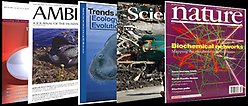 Publications
Publications
Here you can find the original articles behind the research along with related publications
Related info
For press inquiries about the planetary boundaries, please contact Johannes Ernstberger
johannes.ernstberger@su.se
Phone +46 (0) 76 496 0903
Key publications
Richardson, J., Steffen W., Lucht, W., Bendtsen, J., Cornell, S.E., et.al. 2023. Earth beyond six of nine Planetary Boundaries. Science Advances, 9, 37.
Steffen, W., Richardson, K., Rockström, J. & Cornell, S.E., et.al. 2015. Planetary boundaries: Guiding human development on a changing planet. Science 347: 736, 1259855
Rockström, J., Steffen, W., Noone, K., Persson, Å., et.al. 2009. A safe operating space for humanity. Nature 461: 472-475 DOI 10.1038/461472a
Rockström, J., W. Steffen, K. Noone, Å. Persson, et.al. 2009. Planetary boundaries: exploring the safe operating space for humanity. Ecology and Society 14(2): 32
Download illustrations
The illustrations are free to use in publications, scientific or otherwise, describing the planetary boundaries concept. Correct credit is required.
Download the 2023 Planetary Boundaries illustration (Credit: Azote for Stockholm Resilience Centre, based on analysis in Richardson et al 2023.)
Attribution: CC BY-NC-ND 3.0
If you need access to older versions of the Planetary Boundaries illustration, please contact us at: info@stockholmresilience.su.se
Theme publications
Projects

More things
Lorem ipsum dolor sit amet, consectetur adipiscing elit, sed do eiusmod tempor incididunt ut labore et dolore magna aliqua. Ut enim ad minim veniam, quis nostrud exercitation ullamco laboris nisi ut aliquip ex ea commodo consequat. Read more and enrol here
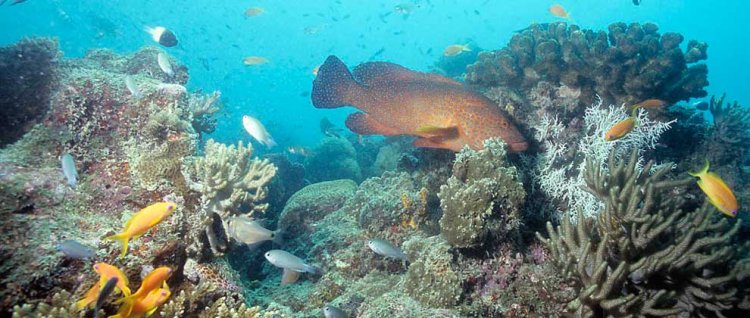
and even more
Lorem ipsum dolor sit amet, consectetur adipiscing elit, sed do eiusmod tempor incididunt ut labore et dolore magna aliqua. Ut enim ad minim veniam, quis nostrud exercitation ullamco laboris nisi ut aliquip ex ea commodo consequat. Read more and enrol here
